Walking Through Nagoya Castle — Timeless Stone Walls and the Architectural Grandeur of the Tokugawa Era
The legacy of Nagoya Castle traces back to the turbulent Sengoku period. Originally, a fortress named Nagono Castle stood on this site, built in the early 1500s by Imagawa Ujichika. It was later taken over by Oda Nobuhide, father of the famed Oda Nobunaga, who spent part of his youth residing there. As Nobunaga relocated to Kiyosu Castle, Nagono Castle gradually fell into disuse.
After the Battle of Sekigahara in 1600, Tokugawa Ieyasu—now victor and shogun—appointed his third son, Tokugawa Yoshinao, as the feudal lord of the Owari Domain. Ieyasu chose Nagoya as a strategic location along the Tōkaidō route and launched an ambitious plan to build a new castle here. His decision was also practical: to move the domain’s capital away from flood-prone Kiyosu to higher, safer ground.
This unprecedented relocation effort, known as the Kiyosu-goe, involved transplanting not only the people and temples from Kiyosu but also entire homes, businesses, and architectural materials. Notably, some structures were reused at the new site, such as the Seinan Corner Turret (Seinan Yagura), which many believe may have been the original or a smaller keep of Kiyosu Castle. This transformation thus links the Sengoku and Edo eras with a single architectural thread.
Construction began in 1610, and the tenshu (main keep) was completed by 1612. For over 250 years, Nagoya Castle served as the seat of the Owari-Tokugawa clan, the most prestigious of the Tokugawa Gosanke (Three Honored Houses). Its golden shachihoko ornaments, opulent Honmaru Palace with Kano school paintings, robust stone walls, and elegant gates and turrets made it an icon of military power and aesthetic sophistication.
In 1945, however, much of the castle, including the tenshu and palace, was destroyed in air raids during World War II. The keep was reconstructed in reinforced concrete in 1959, and the full-scale restoration of the Honmaru Palace began in 2009. By 2018, the palace was fully reopened to the public in its historically accurate form.
🧭 How to Visit Nagoya Castle
📍 Location
1-1 Honmaru, Naka-ku, Nagoya, Aichi, Japan
🚉 How to Get Here: Nagoyajō Station
From Kansai International Airport (KIX)
Take the JR Haruka Limited Express or Airport Rapid Service to Shin‑Osaka Station. Transfer to the Tokaido Shinkansen to Nagoya Station. From Nagoya, take the Nagoya City Subway Sakuradori Line to Hisaya-odori Station, transfer to the Meijō Line and get off at Nagoyajō Station (M07).
Approx. travel time: 2 hr 38 minutes
Fare: 8,540 yen
From Shin‑Osaka Station
Approx. travel time: 80 minutes
Fare: 6,720 yen
🕒 Opening Hours
9:00 AM – 4:30 PM (Last admission 4:00 PM)
*Closed: Dec 29 – Jan 1
💴 Admission
Adults: ¥500 | Children (under junior high): Free
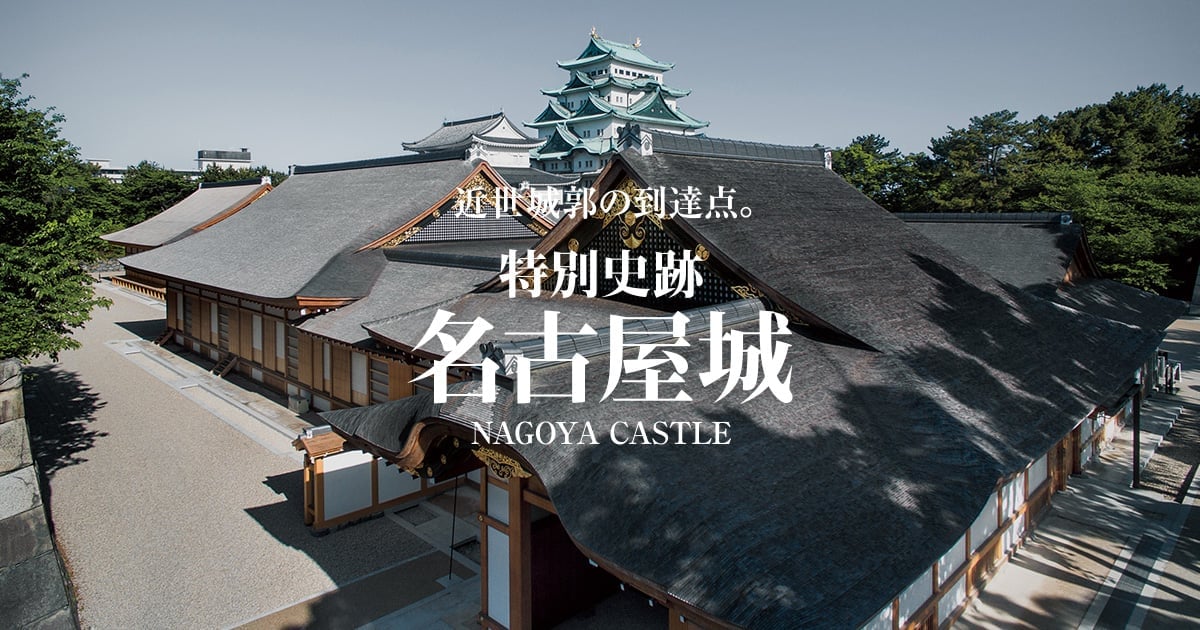
🔁 Circular Tour of the Castle Grounds
This guide follows a circular walking route starting and ending at Nagoya Castle Station (Meijō Subway Line), leading you through the castle’s most significant and scenic spots. Whether you’re planning your visit or reminiscing afterward, this is your comprehensive guide to the hidden stories, architectural splendor, and cultural treasures of Nagoya Castle.
Ninomaru Area
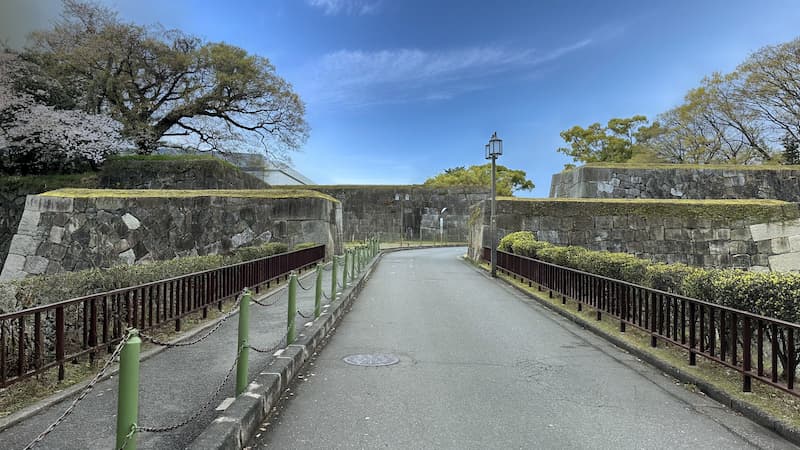

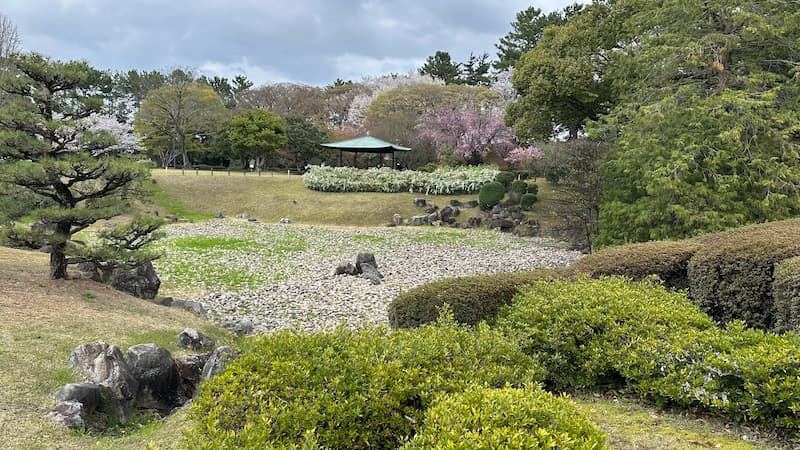
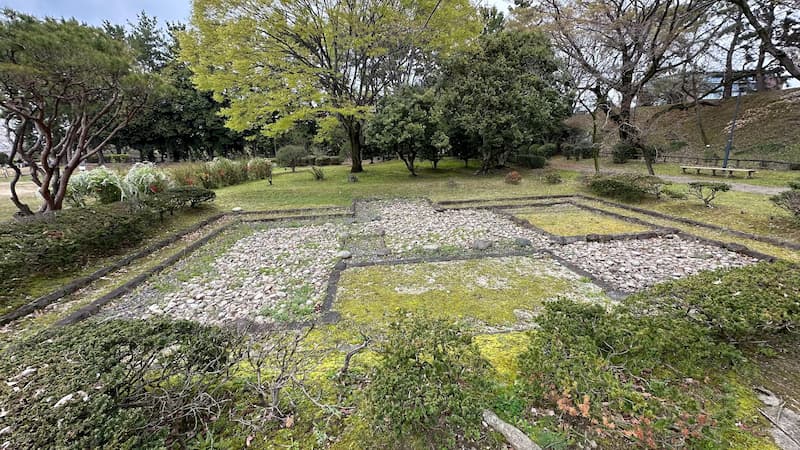


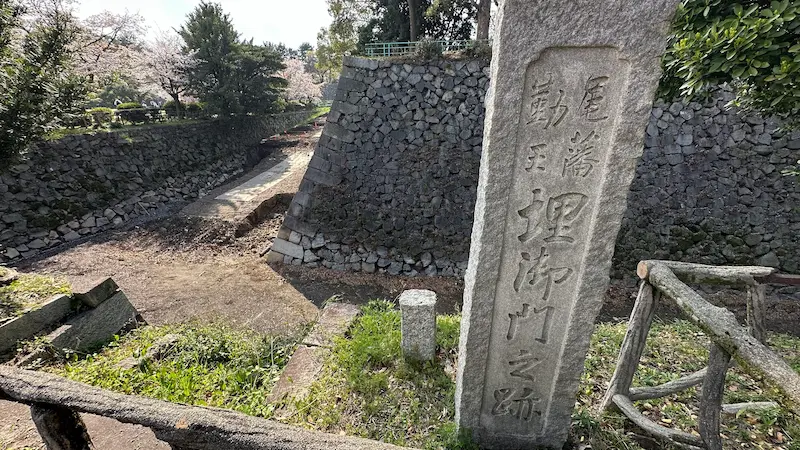
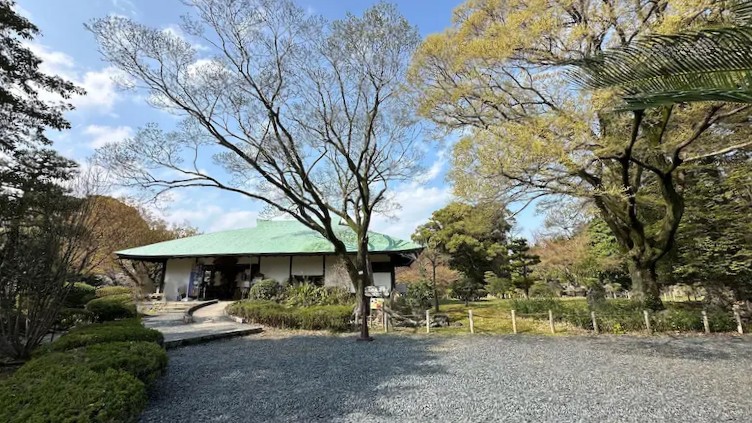
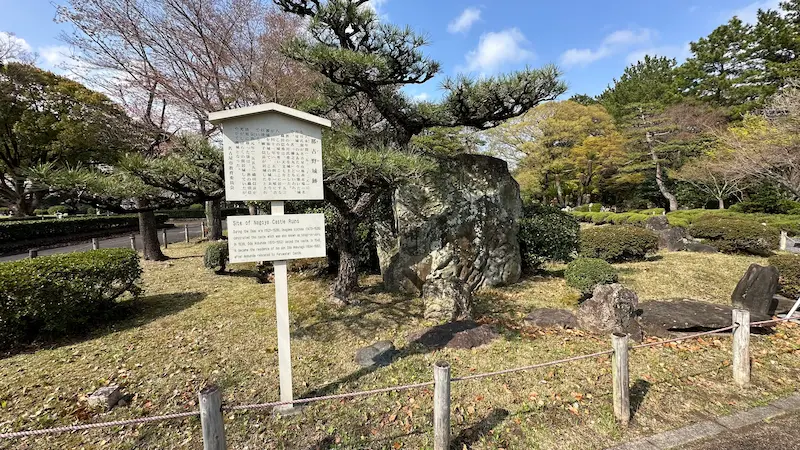
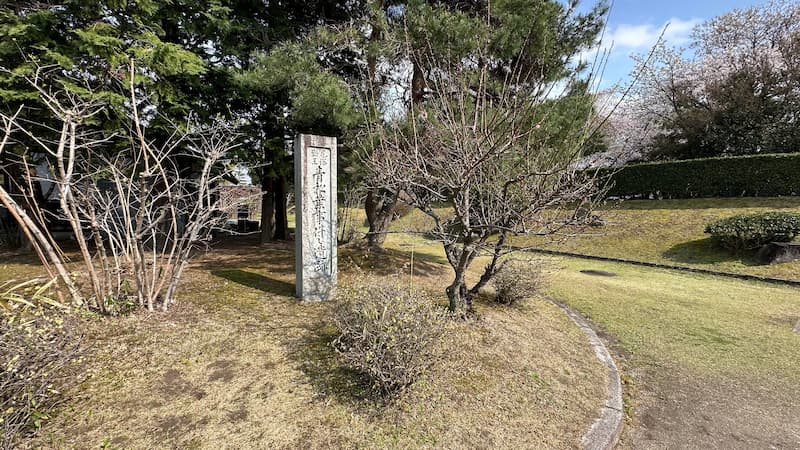
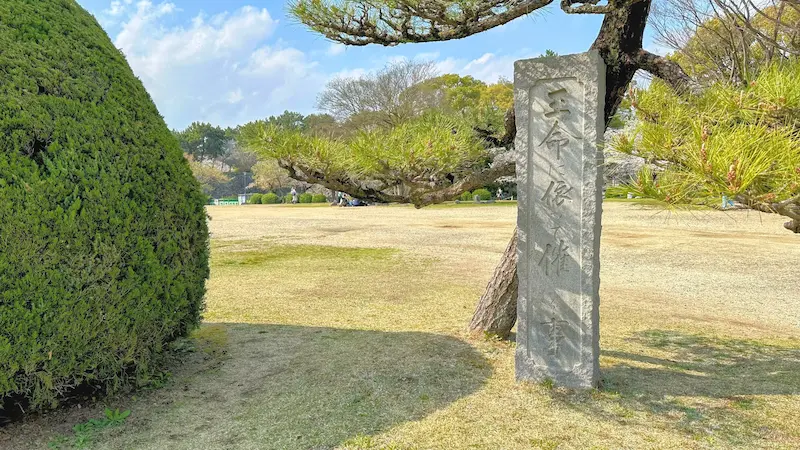

- East Gate Ruins of Ninomaru
↓ Approx. 5 mins (400m) - East Gate
↓ Approx. 1 min (70m) - Ninomaru Garden
↓ Approx. 1 min (100m) - Shōketsu Ruins (Tea House Site)
↓ Approx. 1 min (70m) - Northern Culvert
↓ Approx. 1 min (100m) - Namban Plastered Wall
↓ Approx. 1 min (40m) - Uzumimon Gate Ruins
↓ Approx. 1 min (110m) - Ninomaru Teahouse
↓ Approx. 1 min (60m) - Nagono Castle Ruins
↓ Approx. 1 min (55m) - Site of the Aomatsuba Incident
↓ Approx. 1 min (50m) - Secret Clan Precepts Monument
↓ Approx. 2 mins (60m) - Statue of Kiyomasa Pulling a Stone
↓ Approx. 1 min (110m)
Honmaru Area (Main Keep Area)
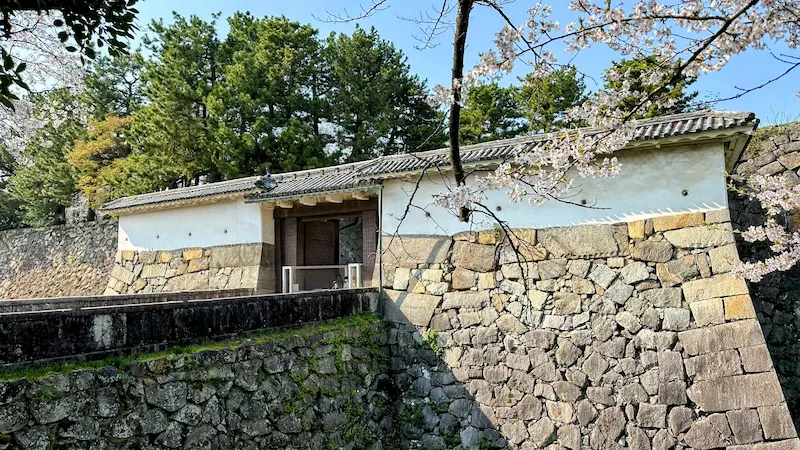
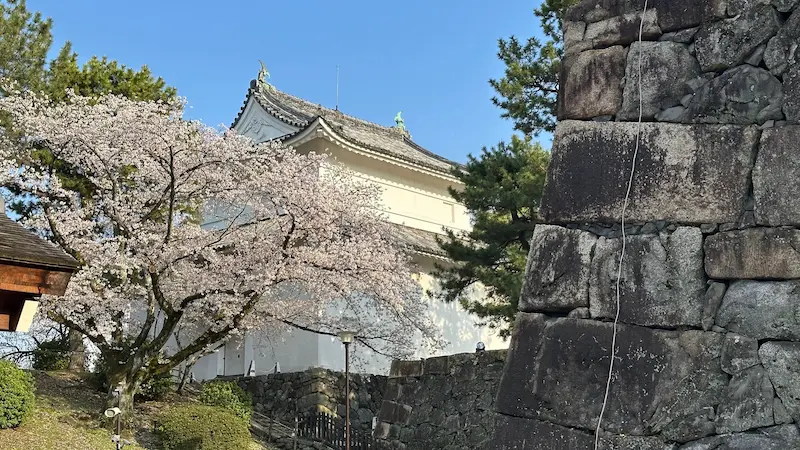
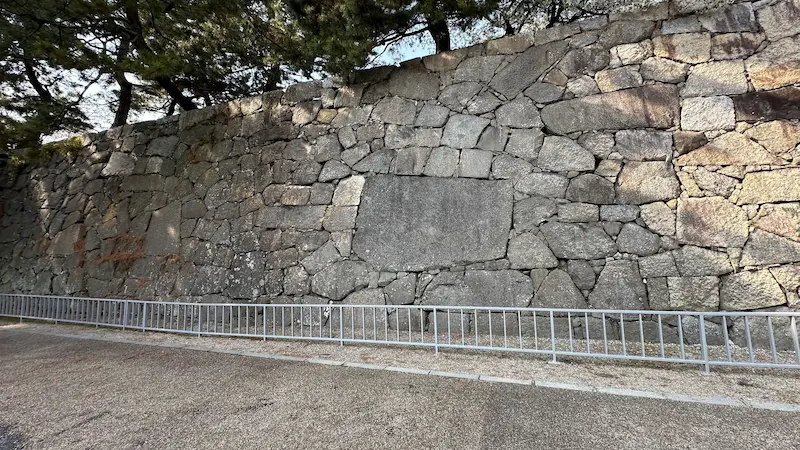
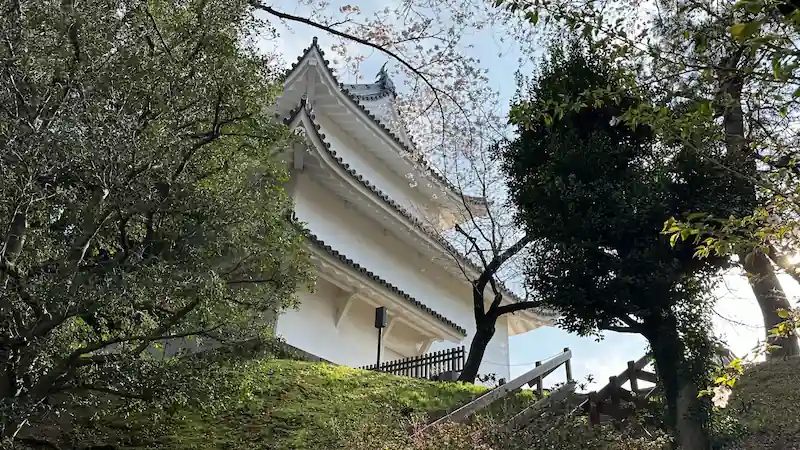
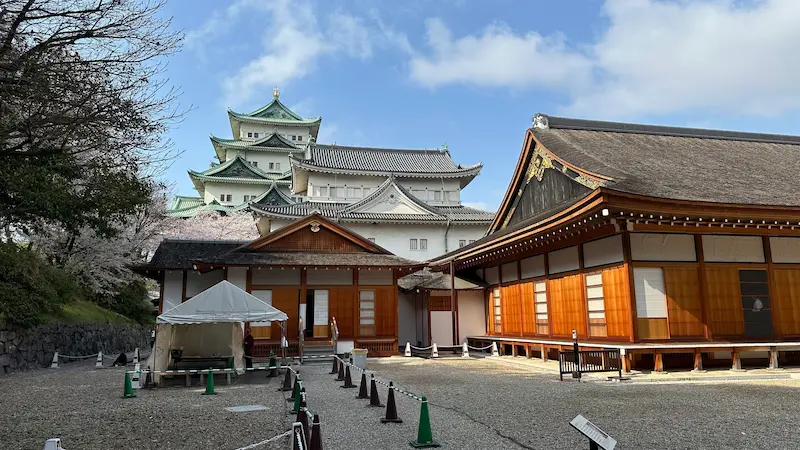
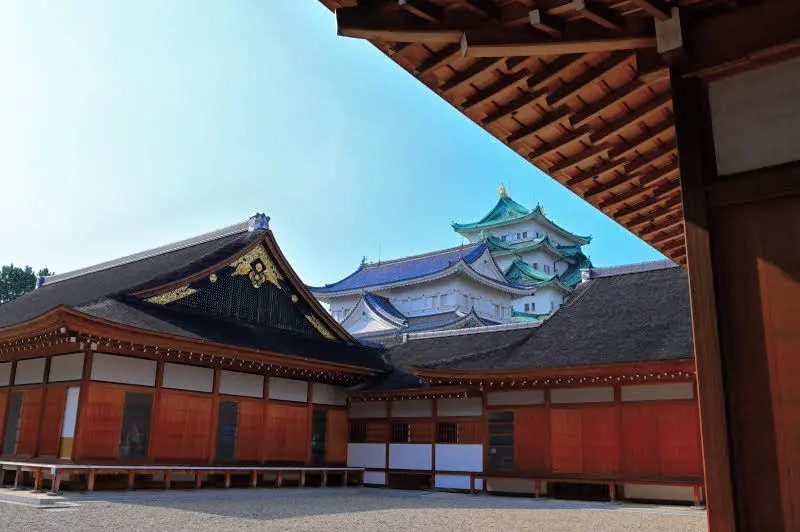
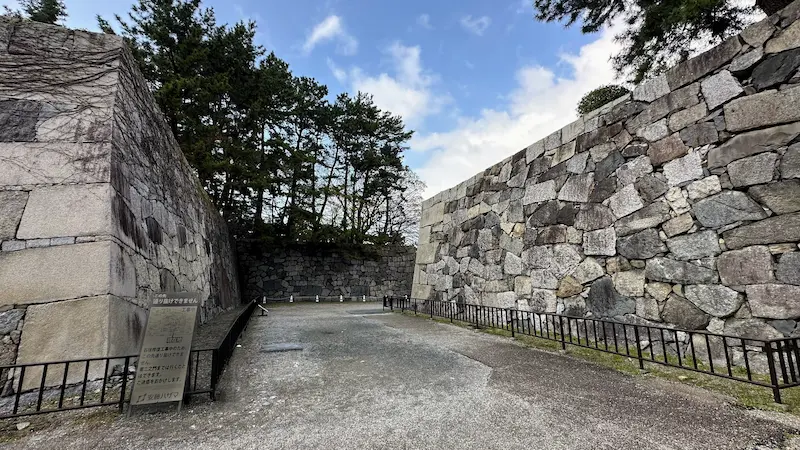

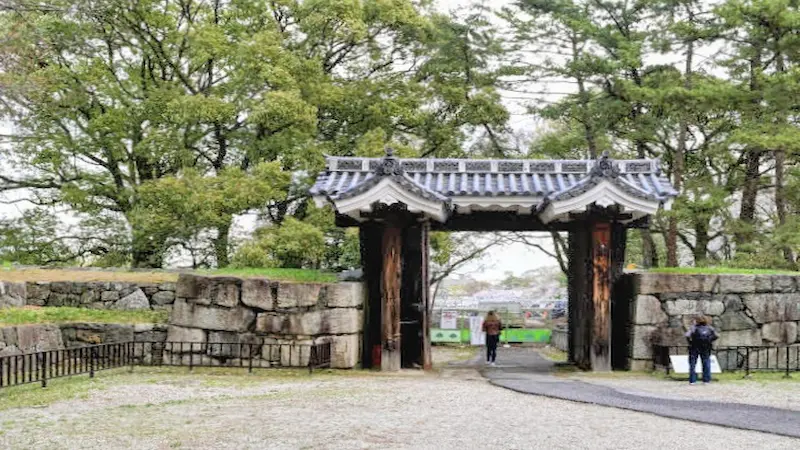
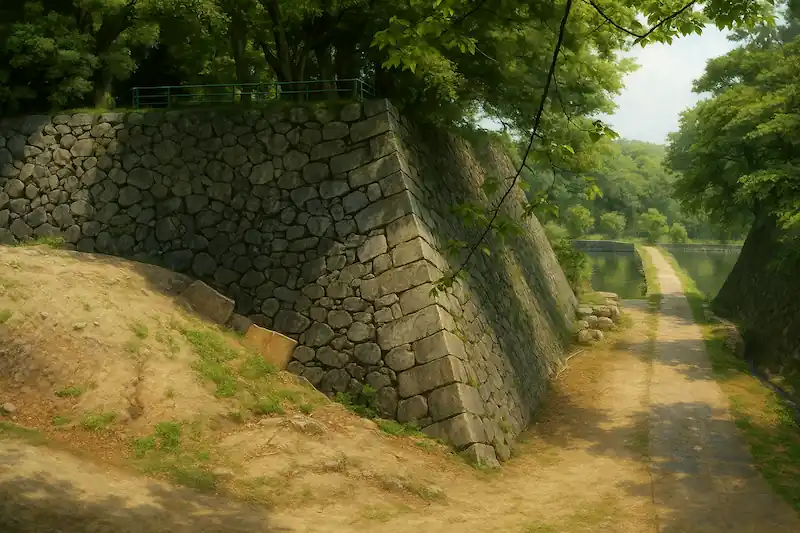
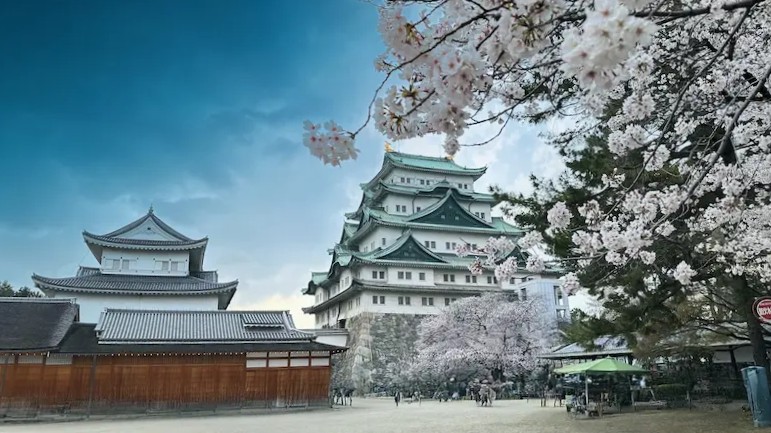
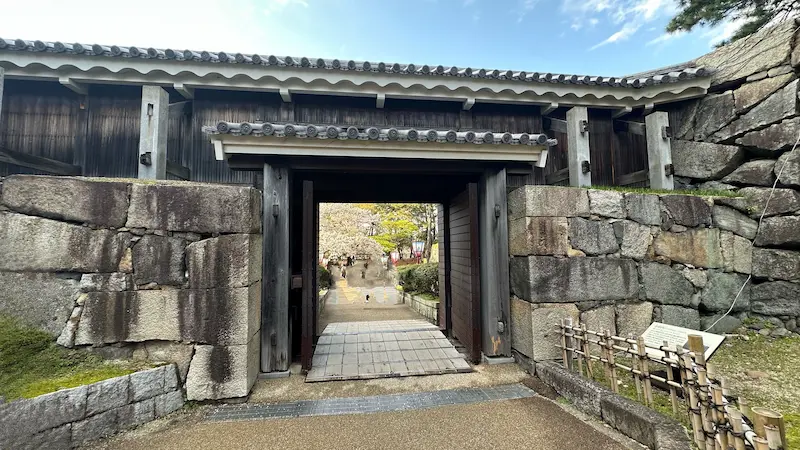
- Omote Ninomon Gate
↓ Approx. 1 min (45m) - Southeast Corner Turret
↓ Approx. 1 min (10m) - Ichinomon Gate Ruins
↓ Approx. 3 mins (100m) - Southwest Corner Turret
↓ Approx. 1 min (50m) - Yudono Shoin & Kuroki Shoin
↓ Approx. 5 mins (200m) - Honmaru Palace
↓ Approx. 2 mins (60m) - East Ichinomon Gate Ruins
↓ Approx. 1 min (5m) - Kiyomasa Stone
↓ Approx. 1 min (20m) - Former Ninomaru East Second Gate
↓ Approx. 1 min (20m) - Karameteba-dashi Ruins (Currently Closed)
↓ Approx. 2 mins (150m) - Main Keep (Tenshukaku)
↓ Approx. 1 min (40m) - Fumeimon Gate
↓ Approx. 1 min (30m)
Ofukemaru Area
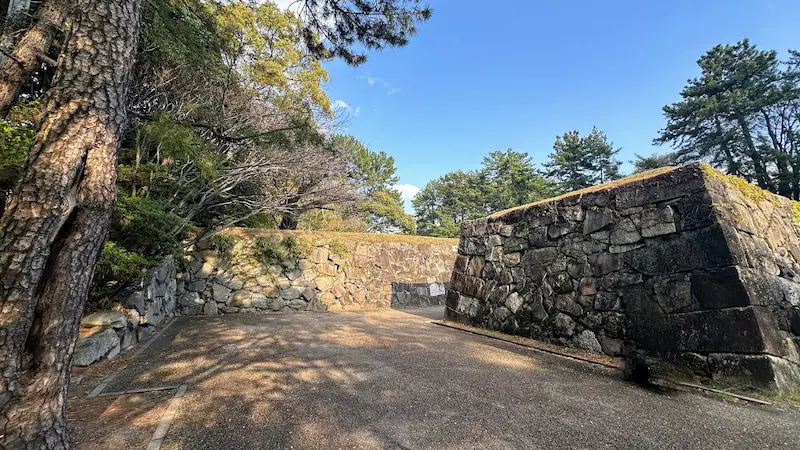
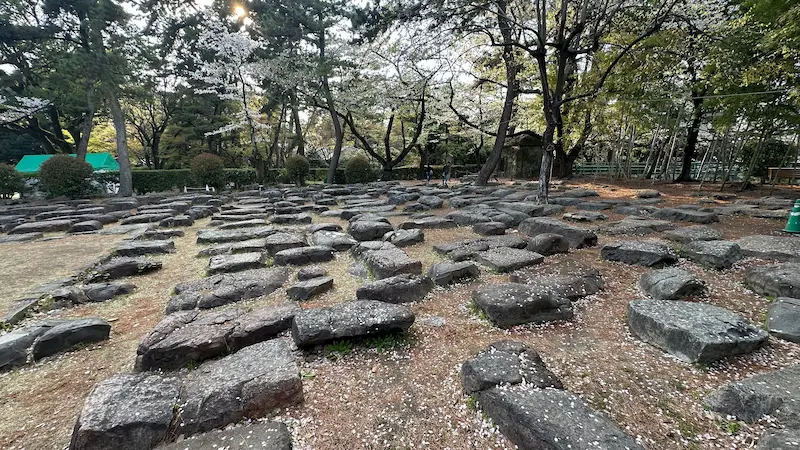
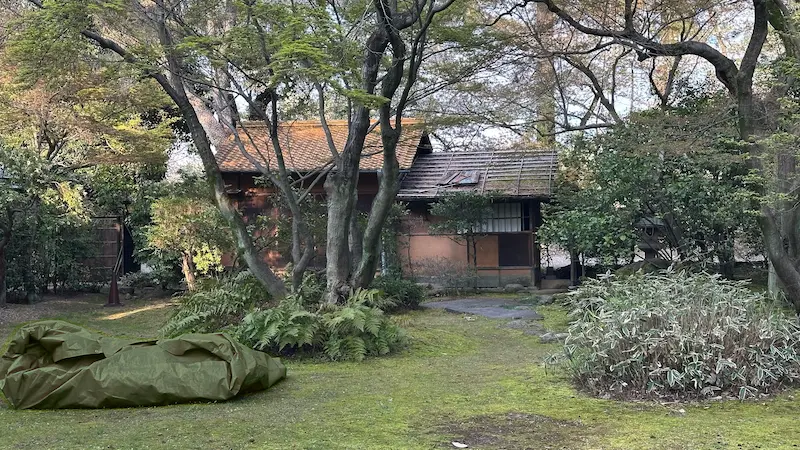
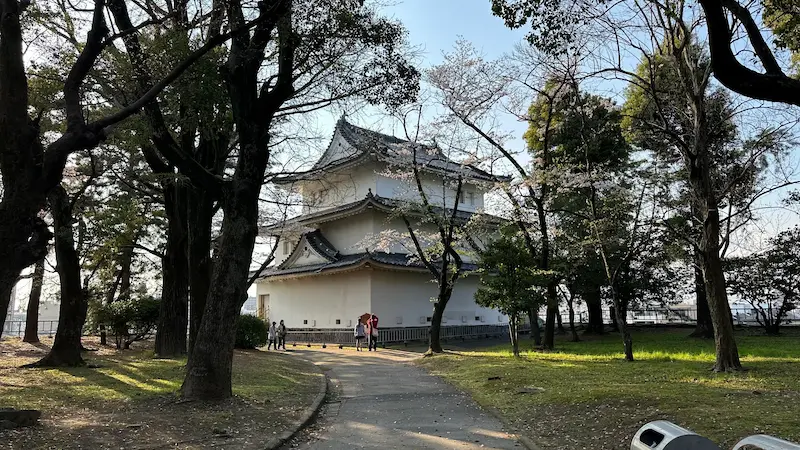
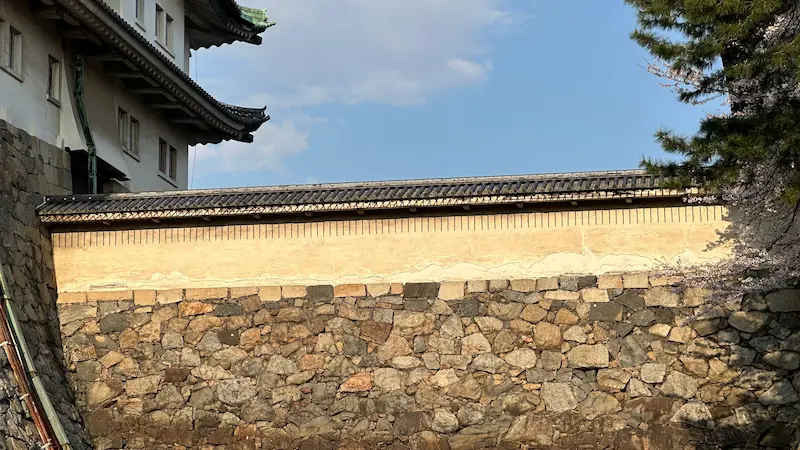
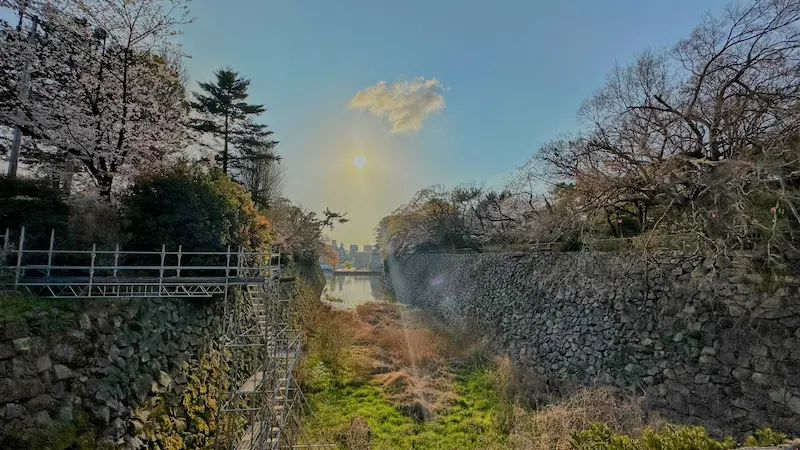
- Shiozogomon Gate Ruins
↓ Approx. 1 min (20m) - Main Keep Foundation Stones
↓ Approx. 1 min (50m) - Teahouse Site
↓ Approx. 3 mins (200m) - Northwest Corner Turret
↓ Approx. 4 mins (270m) - Kenbei (Sword Fence)
↓ Approx. 1 min (20m) - Unokubi (Cormorant’s Neck)
↓ Approx. 7 mins (500m)
Nishinomaru Area
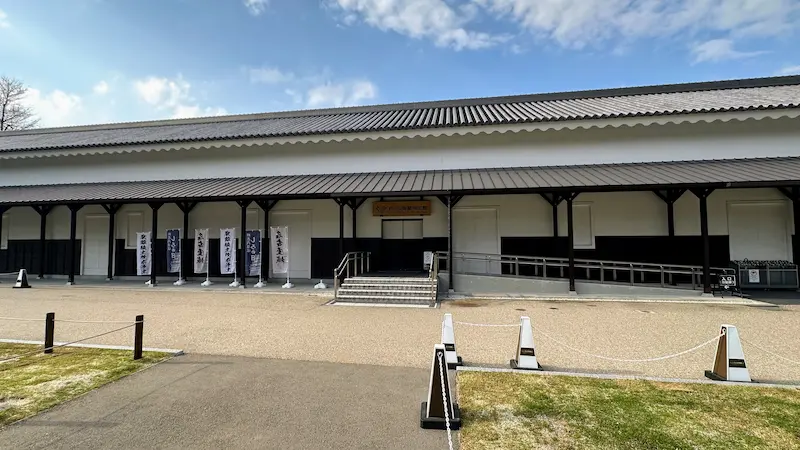
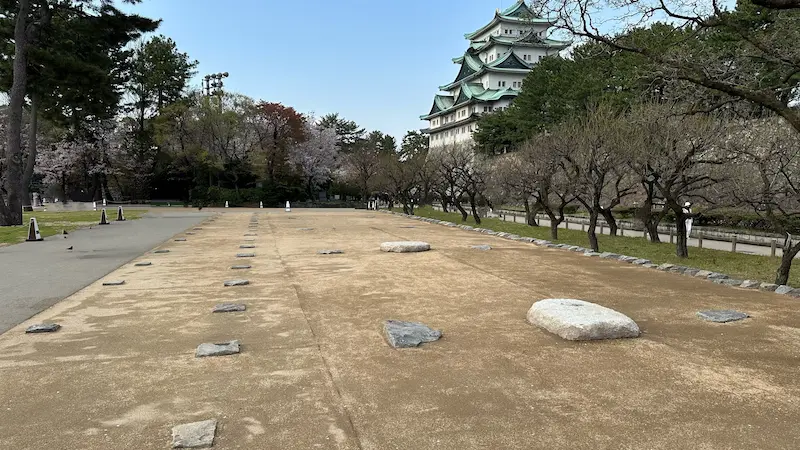
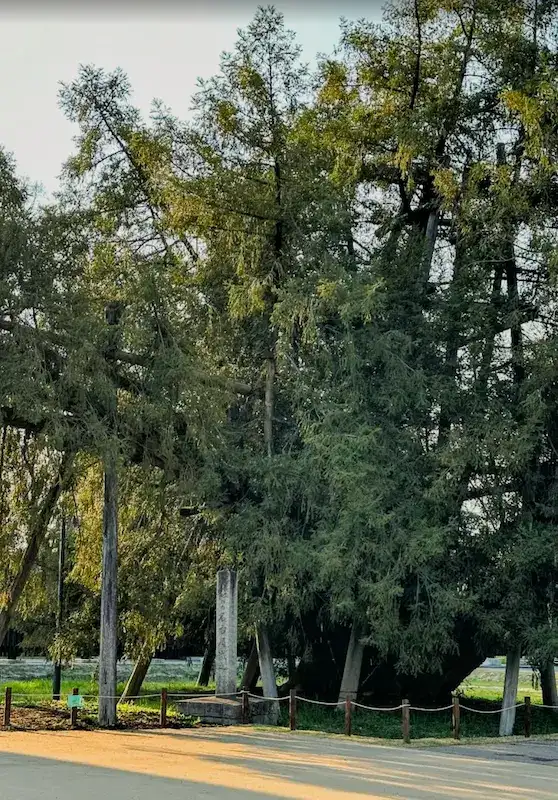
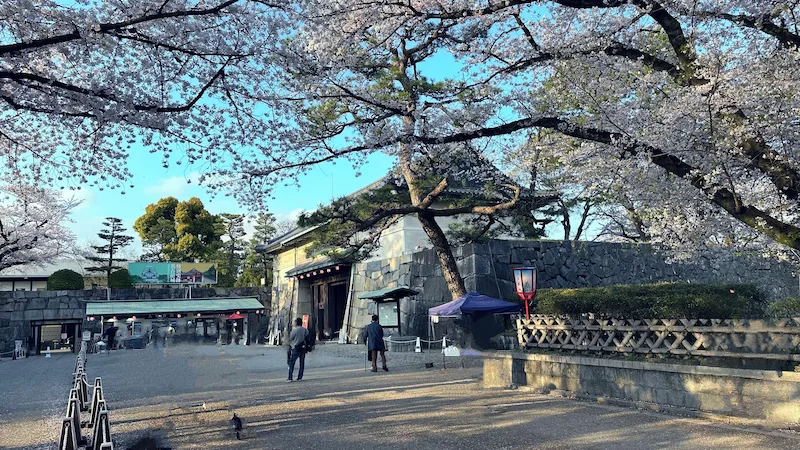
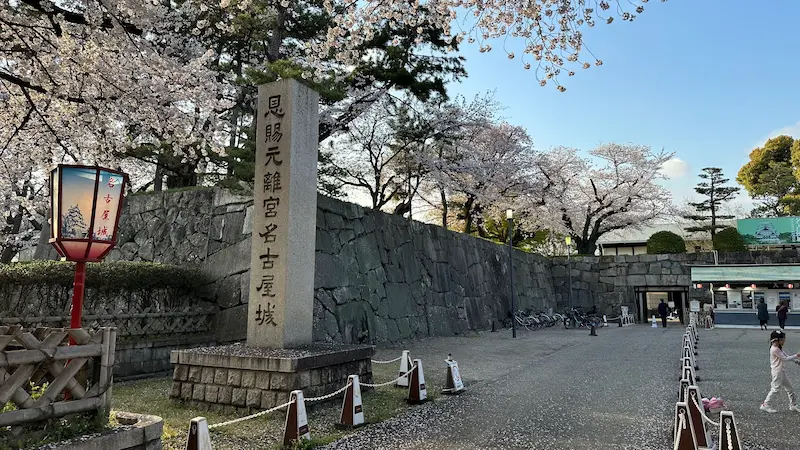
- Nishinomaru Gokura Archive Museum
↓ Approx. 3 mins (230m) - Nishinomaru Compound
↓ Approx. 3 mins (20m) - The Ancient Kaya Tree of Nagoya Castle
↓ Approx. 2 mins (100m) - Main Gate (Former Enokida Gate)
↓ Approx. 1 min (26m) - Nagoya Castle Imperial Villa Stone Marker
↓ Approx. 3 mins (270m)
Castle Perimeter (Outside the Moat)
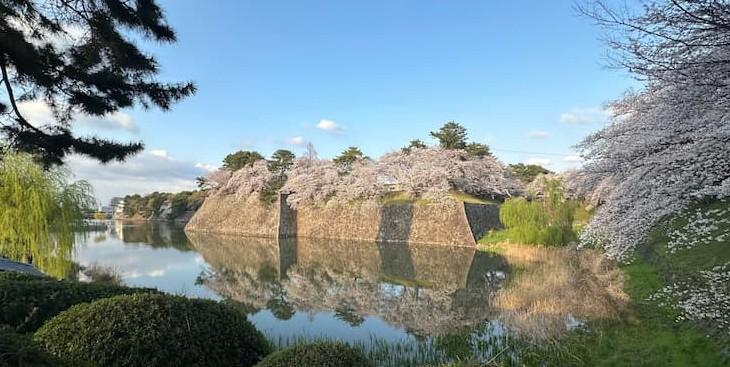
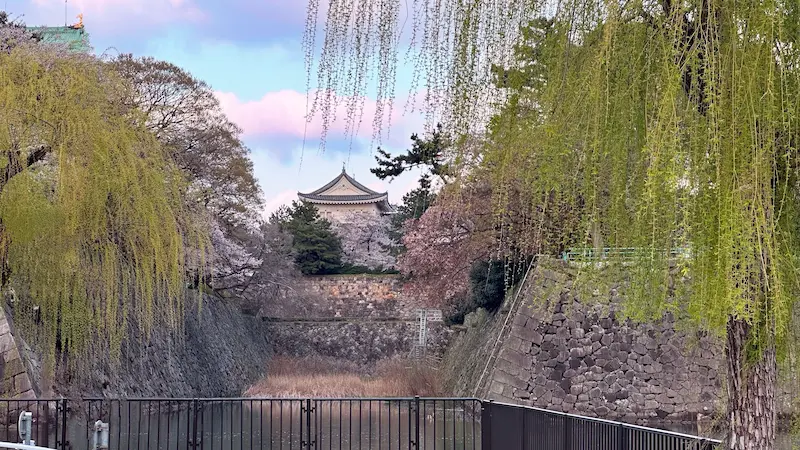
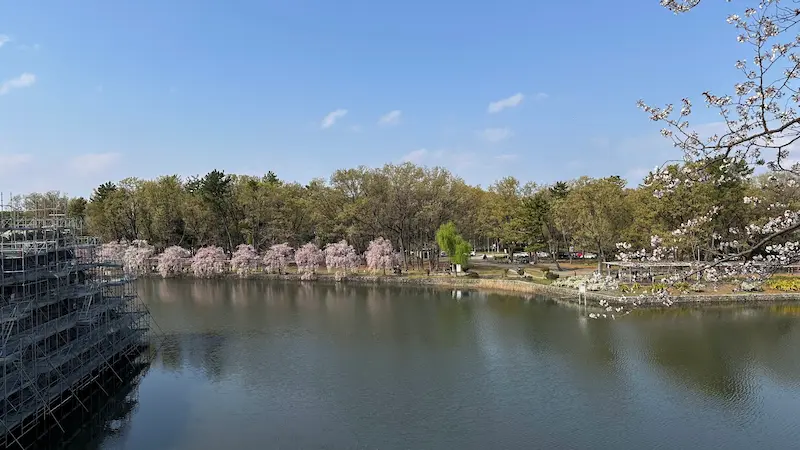

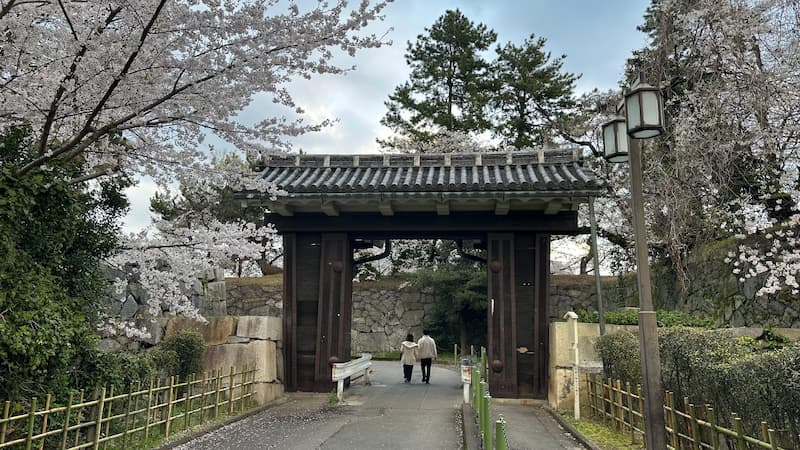
- Site of the Nishinomaru Southwest Turret
↓ Approx. 2 mins (140m) - Tsukimi Yagura Ruins (Moon Viewing Turret)
↓ Approx. 7 mins (550m) - Ofuke Moat (Ofuke Ōhori)
↓ Approx. 15 mins (1.1km) - Statue of Katō Kiyomasa by Shizuo Takafuji
↓ Approx. 7 mins (500m) - Ote Ninomon Gate (Nishitetsumon Gate)
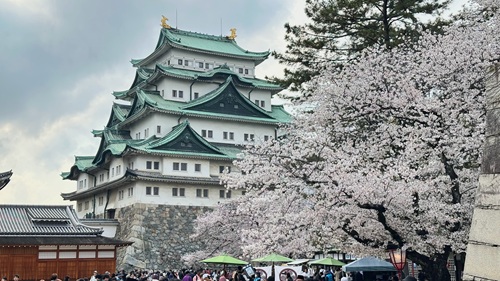





comment